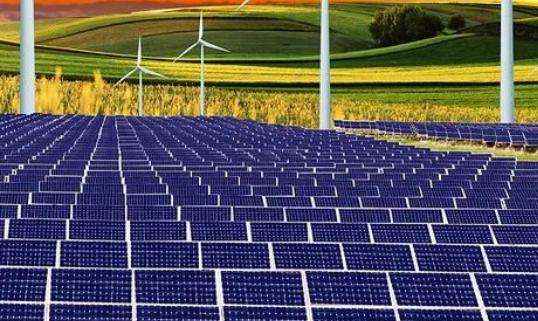1. Project Overview 1
1.1 Project Overview 1
1.2 Geographic Location 1
1.3 Resource Distribution
1.4 Transportation < /p >
1.5 Building area
1.6 General plan
2. Demonstration objectives and main content
2.1 Technical key points of the solar photovoltaic system
p>
2.2 Project demonstration objectives
2.3 Main content of the project
3. Technical plan
3.1 Building envelope structure system
< p> 3.2 Technical design plan of photovoltaic system3.2.1 Design basis and description< /p>
3.2.2 Photovoltaic building integrated design
3.2.3 Off-grid/Grid-connected system design
3.2.4 Main products, components and parameters of performance
3.2.5 Analysis of the calculation of the energy efficiency of the system
3.2.6 Technical and economic analysis
3.3 Calculation of energy savings < /p>
3.4 Operationtation, maintenance and management
3.4.2 Solar photovoltaic system management
3.5 Data monitoring and remote transmission system
p>
3.6 Progress plan and arrangement
3.7 Analysis of benefits and risks
3.7.1 Environmental impact analysis
3.7.2 Analysis of prospects for promoting the project
3.7.3 Risk analysis
What should be paid attention to in solar photovoltaic power plants
< p>The production of photovoltaic energy does not radiate.
The photovoltaic modules themselves do not produce any electromagnetic radiation when generating electricity, but in order to convert the continuous energy generated by the photovoltaic modules into alternative energy and connect it to the power grid, a Many electrical equipment and electronic devices, these devices will affect the surrounding electromagnetic environment during their operationonning. Here, the photovoltaic power generation system and the electromagnetic environment are used to refer to the sum of electromagnetic phenomena that exist around the photovoltaic system due to the operation of the photovoltaic system.
Scientifically determined, the electromagnetic environment of the solar photovoltaic power generation system is below the limits of various indicators. In the industrial frequency band, the electromagnetic environment of solar photovoltaic power plants is even lower than that produced by common household appliances in normal use, and will not have any impact on human health.
Will installing a photovoltaic plant cause roof leaks?
The waterproofing of the roof is in fact an issue that requires special attention during the construction process of the installation of photovoltaic power plantses, but as long as the correct construction steps are followed, the roof will not leak. . Generally speaking, the current normal construction and installation process will not damage the waterproofing of the roof, and the additional waterproofing treatment will actually strengthen the waterproofing. Photovoltaic racks are installed on the roof to support the modules and connect to the roof.
Its design mainly adopts the top-top method. This method will not perforate or damage the original waterproofing of the roof. The compacted blocks are made of prefabricated elements and will not be cast on site. This avoids significant damage to the roof waterproofing layer caused by the installation of the solar support.
As for the orientation of the components, it must be towards the south, and preferably at a certain angle
Pay attention to occlusion, this must be carried out. be clear enough;
The same matrix module requiresssite similar current, otherwise the power generation efficiency of the module will be affected after series connection;
In humid areas, the modules are likely to cause PID phenomenon, mainly the negative pole, which will result in a gradual decrease in the power of the module. This will affect the entire matrix power generation effect (please ignore domestic systems, which mainly occur in large ground-mounted power plants);
Photovoltaic power plants cannot be built near waterways and airports, as the light reflected from the panels will affect the takeoff and landing of aircraft.
If it is a distributed power plant, not all roofs are suitable for installing solar power plants. Some roofs are not load-bearing. It is recommended to carry out an on-site inspection first.
/p>














